Chaparral (Larrea tridentata), packet of 50 seeds
$4.95
Family: Caltrop (Zygophyllaceae)
Hardy to Zones 8 to 11, colder if kept dry. The plant dislikes cold, wet conditions.
(Creosote Bush) Evergreen perennial bush native to the SW US and Mexico. This is one of the longest lived plants on Earth. A living plant has been carbon dated to 13,000 years before the present. The antimicrobial, anticancer and free radical scavenging activities of the potent anti-oxidant NDGA and other molecules found in this plant are well-known. However, this is very potent medicine and in my opinion is best to use as a low-dose botanical, and best used externally. Repeated internal overdose can be toxic to the liver and/or kidneys. Plant prefers full sun, well-drained, alkaline and sandy soil. Sow seed in spring or summer, in pots containing Cactus mix. Cover seed with 1/8 inch of sand and keep warm, in the light and barely moist until germination, which occurs in 3 to 5 weeks. The seed itself is covered by a fuzzy pericarp, which does not need to be removed. Upon germination, the pericarp often balances on top of the seedling like a little fuzz helmet. After the seedlings reach an inch or two, individuate to gallon pots and grow out that way for at least a year before transplanting. The plant may be kept in pots as a bonsai in places outside its native range. Inside its native range it is OK to transplant outdoors. Space plants at least 3 feet apart.
50 seeds/pkt., Open Pollinated
In stock

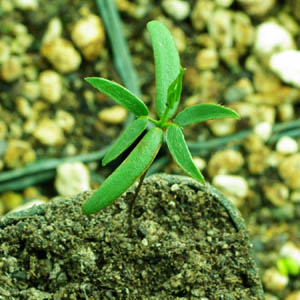
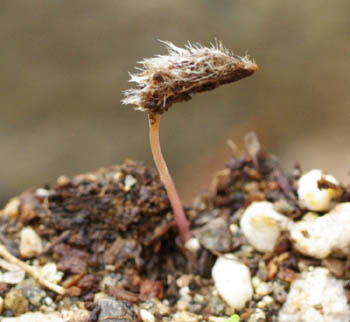
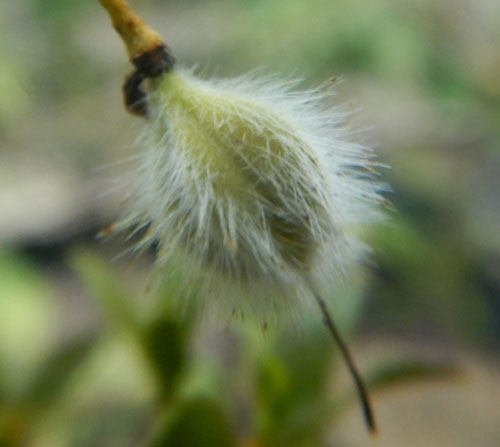
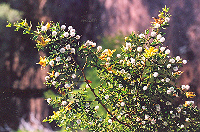

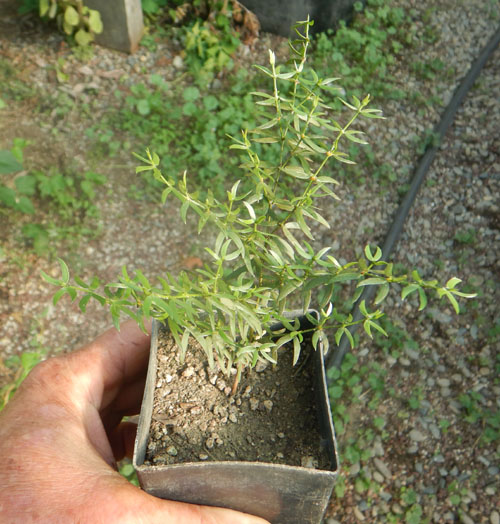
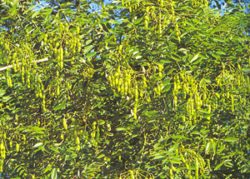
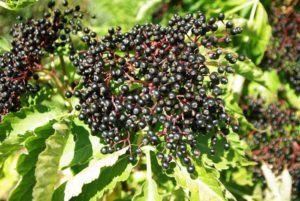
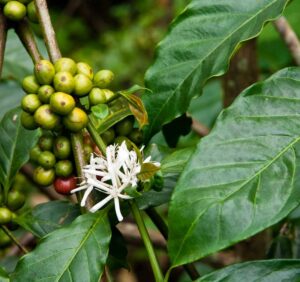
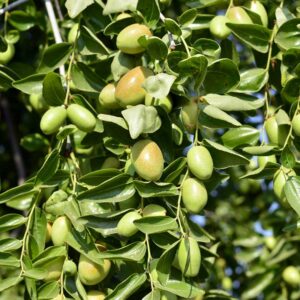
Sarah –
I love in south Florida, where it’s hot, but humid and lots of rain, could it still thrive?
Upvote if this was helpful (0) Downvote if this was not helpful (0) Watch Unwatch Flag for removal
Richo Cech –
hi sarah, under those conditions i’d probably keep this as a potted plant, more or less on par with a succulent. even in the wild, chaparral limits itself to very specific environs, preferring a specific Mediterranean climate, and it is hard for me to visualize the plant growing well planted in situ in florida. richo
Upvote if this was helpful (0) Downvote if this was not helpful (0) Flag for removal
Martina –
Hi, are the seeds you are selling fresh? Are they sown like cacti?
Upvote if this was helpful (0) Downvote if this was not helpful (0) Watch Unwatch Flag for removal
Richo Cech –
Hello Martina,
We have a policy of replacing our seeds yearly with the new harvest, so the seeds are as fresh as they can be. These seeds tested well. Yes, they need a fast-draining mix but I would skip the high humidity step that is usually employed with cactus seeds–just barely cover with sand and keep close to the lights for germination. If you don’t have a lights setup, I suggest getting the plant instead, it will give you a year headstart. r
Upvote if this was helpful (0) Downvote if this was not helpful (0) Flag for removal
Larry Mayer (verified owner) –
Richo,
Thank you for your advice. I hope that the seeds will be viable. I hear that germination is sometimes tricky- would it help to put the seeds in boiling water, and allow it to cool to soften the seed coat, before planting?
Upvote if this was helpful (0) Downvote if this was not helpful (0) Watch Unwatch Flag for removal
Richo Cech –
Hi Larry, The seed coat of Larrea tridentata is already soft and fuzzy–no hot water treatment needed or advised–just give standard horticultural treatment but use sand not seed mix. r
Upvote if this was helpful (1) Downvote if this was not helpful (0) Flag for removal
Larry Mayer (verified owner) –
Do you think that Creosote Bush (Larrea tridentata) would grow in the semi-arid (tropical savannah) climate of Hawaii, which only receives about 8 inches of rainfall per year? It is in USDA climate zone 12b.
Upvote if this was helpful (0) Downvote if this was not helpful (0) Watch Unwatch Flag for removal
Richo Cech –
Hello Larry,
Larrea tridentata does fine in a tropical greenhouse here–I have bushes that are decades old and quite comfortable. A low-rainfall area in the tropics seems like a good potential. This is listed to Zone 11 and generally is picky about the substrate–give sand and pumice around the crown and it probably will work in a Z 12. It takes a good hand at horticulture to grow these outside the chaparral belt.
Richo
Upvote if this was helpful (1) Downvote if this was not helpful (0) Flag for removal